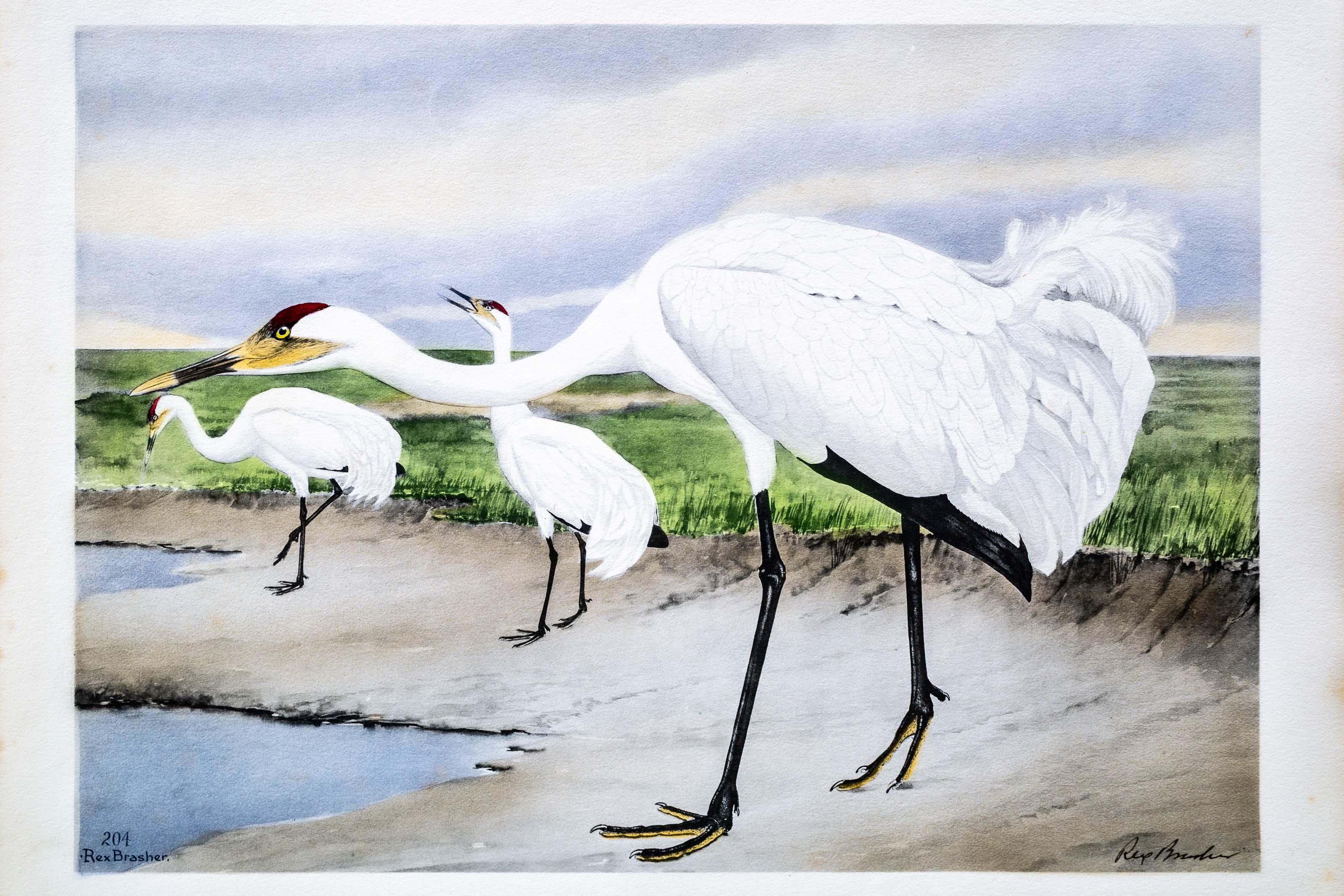
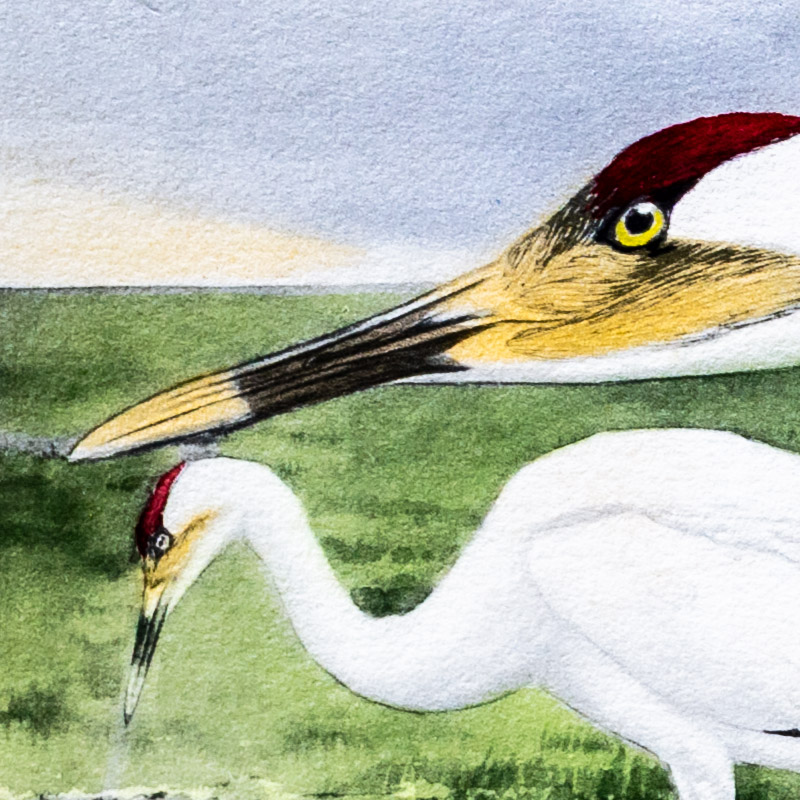
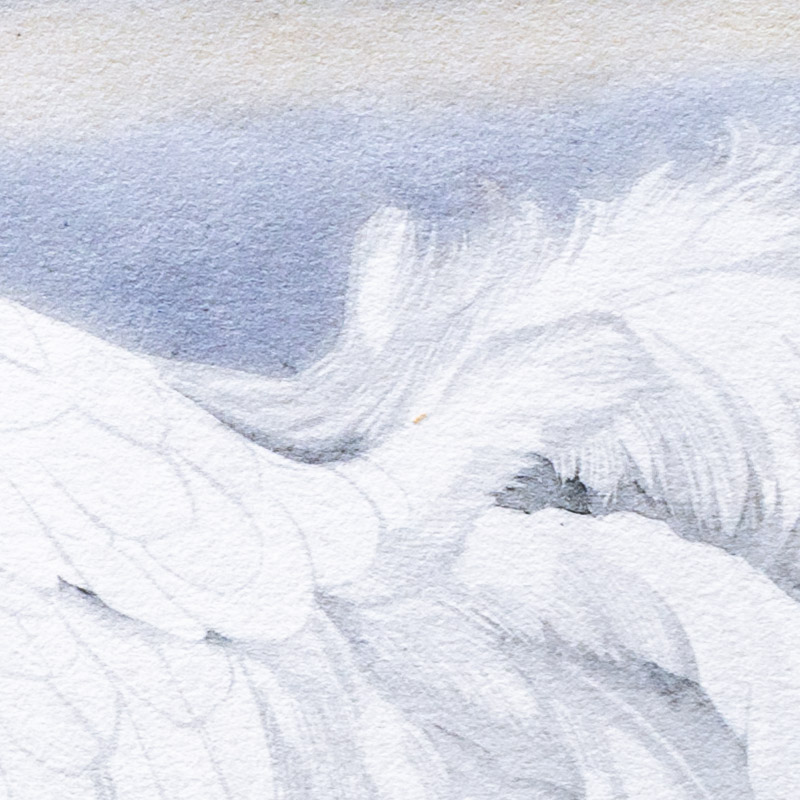
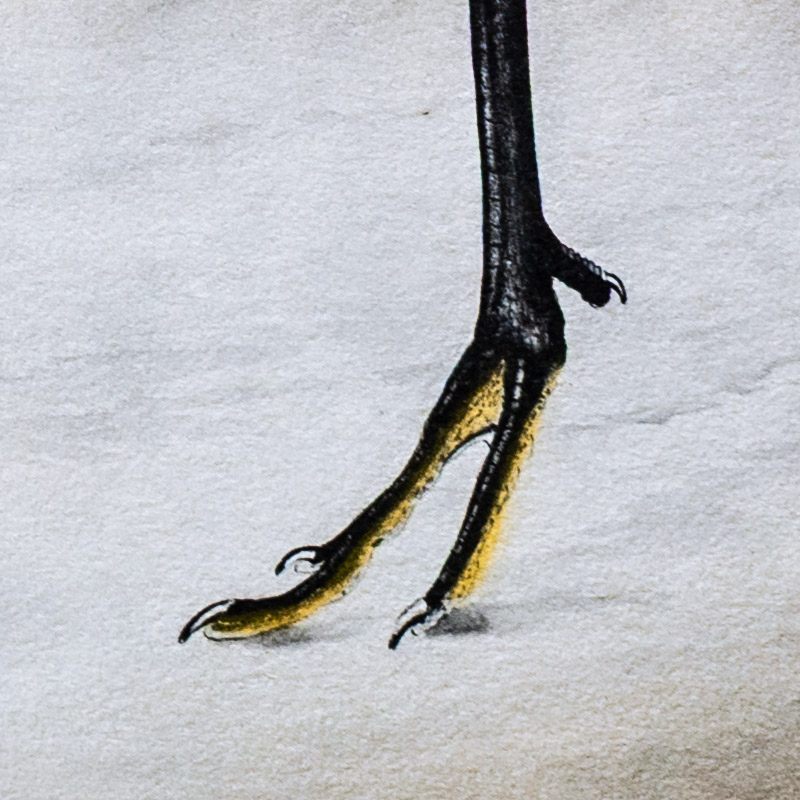
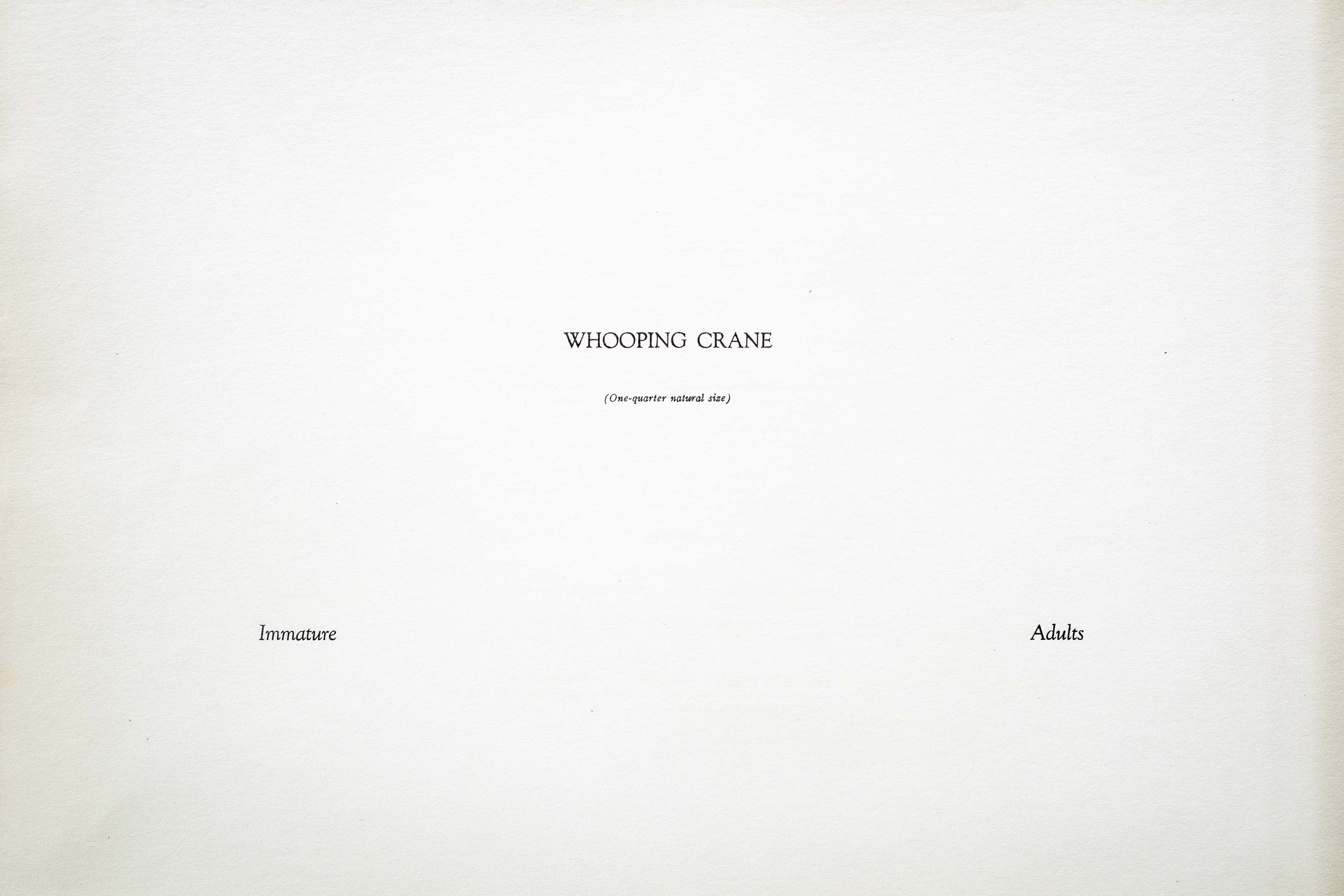
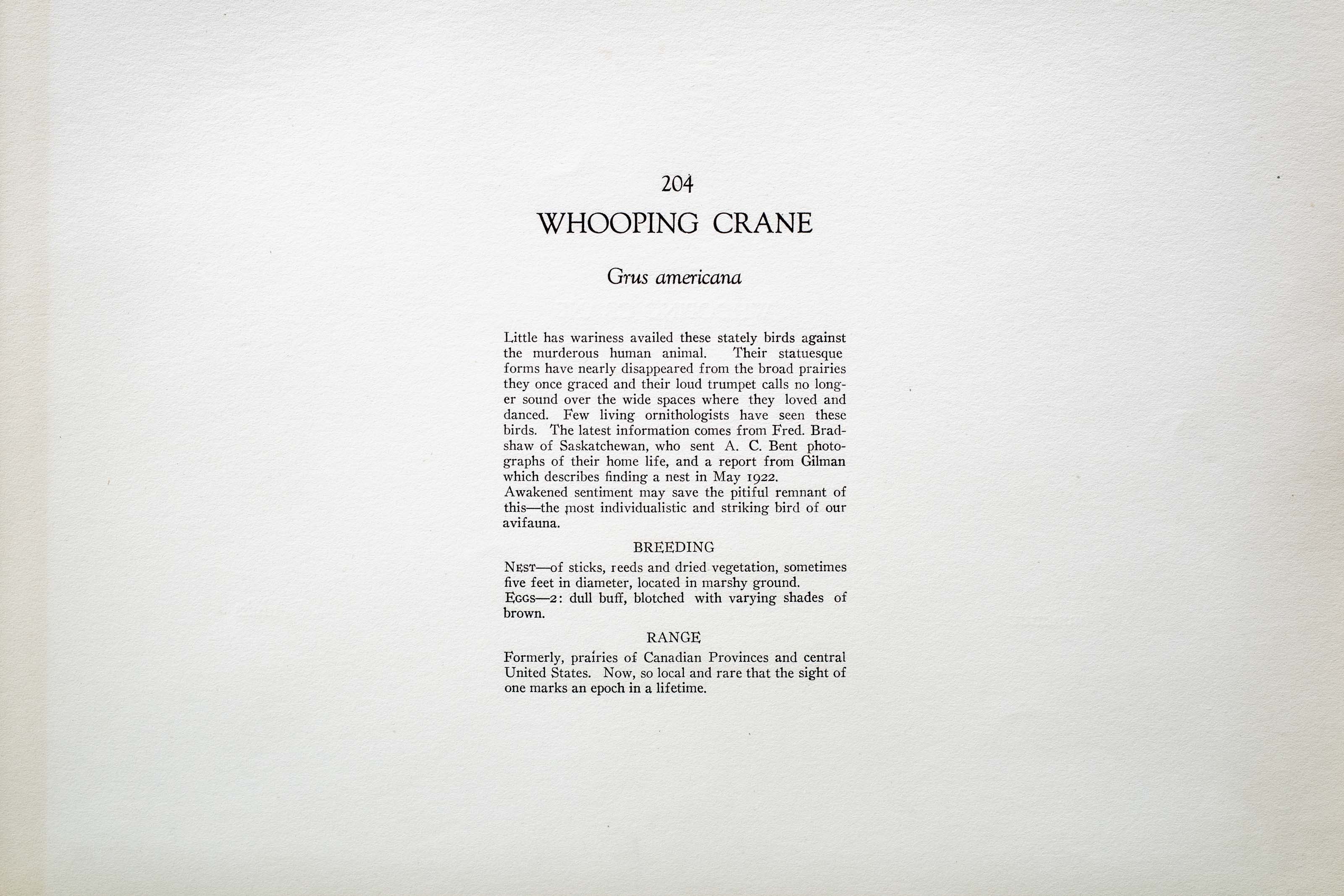

Unknown
1930
3
204
A team of dedicated board members, volunteers, and student interns has published every page in Volume 9. This volume includes 360 images of paintings and lyrical descriptions of birds, now available online for everyone to enjoy anywhere in the world. This is a monumental task. Each volume requires approximately 400 hours to photograph, edit, transcribe, catalog, and publish online. We need your support to complete this work.
If you're tech-savvy, have a good eye, are meticulous with details, and love structured data, please consider volunteering by emailing us at hello@rexbrasher.org.
We encourage all bird lovers and supporters to consider a monetary donation to support our mission to make Rex's work available for everyone. You can provide a one-time or recurring donation online.
Little has wariness availed these stately birds against the murderous human animal. Their statuesque forms have nearly disappeared from the broad prairies they once graced and their loud trumpet calls no longer sound over the wide spaces where they loved and danced. Few living ornithologists have seen these birds. The latest information comes from Fred. Bradshaw of Saskatchewan, who sent A. C. Bent photographs of their home life, and a report from Gilman which describes finding a nest in May 1922.
Awakened sentiment may save the pitiful remnant of this — the most individualistic and striking bird of our avifauna.
NEST — of sticks, reeds and dried vegetation, sometimes five feet in diameter, located in marshy ground.
EGGS — 2: dull buff, blotched with varying shades of brown.
Formerly, prairies of Canadian Provinces and central United States. Now, so local and rare that the sight of one marks an epoch in a lifetime.